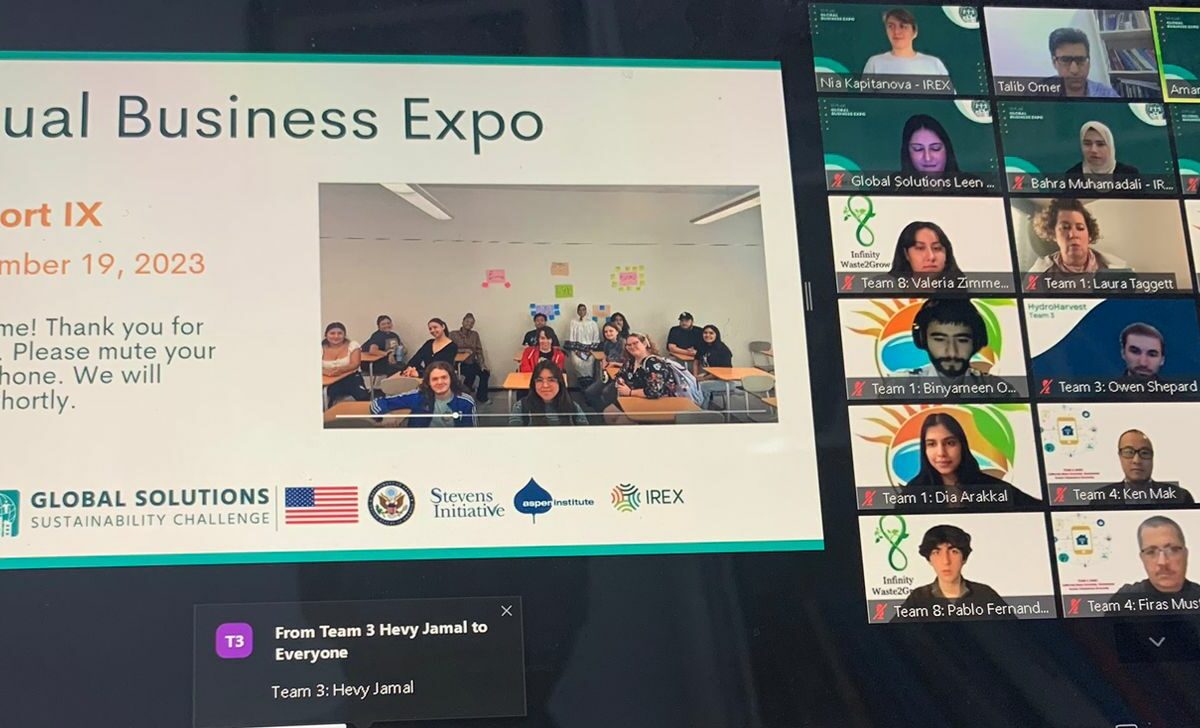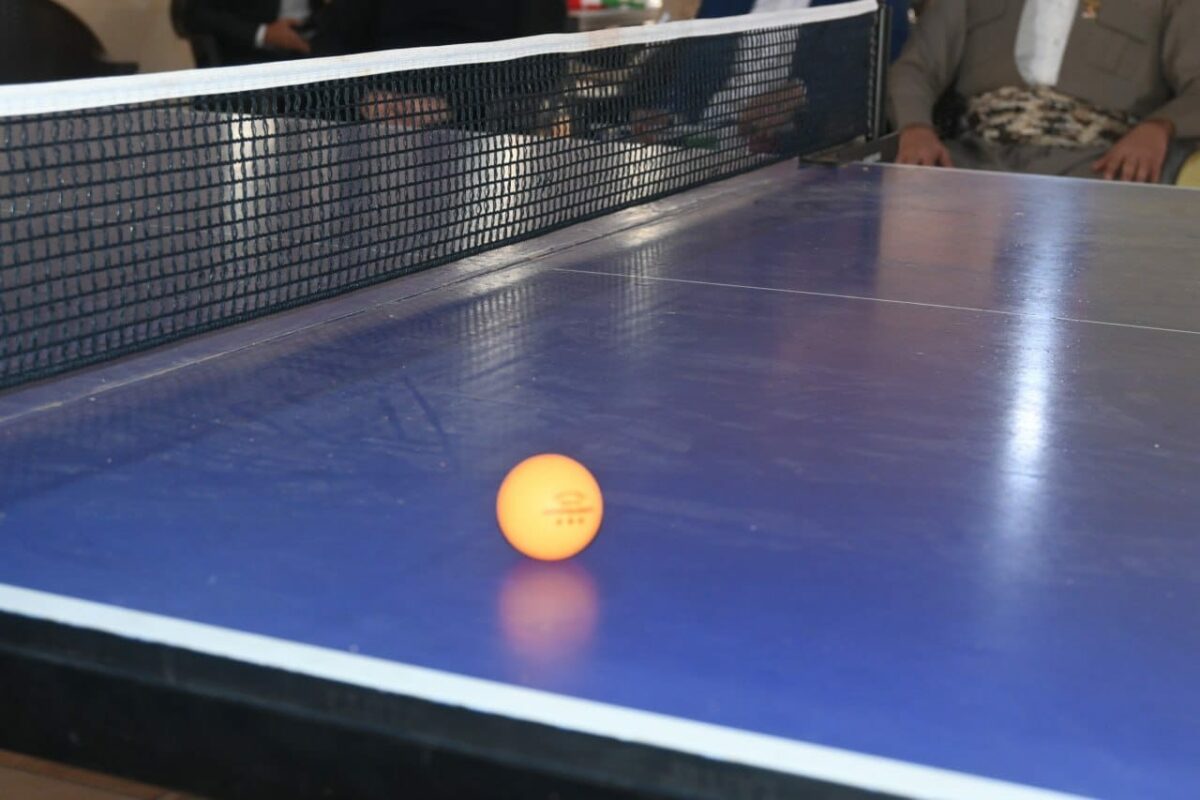Within the continuation of the work and activities of the American Organization (IREX) through the university work centers, a group of the Erbil Technical University students participated in an international activity alongside the universities of Iraq, the United States, and Jordan for (8) weeks.
The event was a competition entitled (Global Solutions Sustainability Challenge), dedicated to finding a solution to one of the challenges by creating a product and introducing it to the labor market. Our students were able to present a product for general agricultural and dry season purposes.
It is worth mentioning that our university team was one of the five successful teams in the semi-finals. In the final stage, they were able to maintain its status as the only university in the Kurdistan Region and Iraq. Moreover, they could win the second place worldwide and became one of the winners of the financial prize of the event. Cheerfully, our university team (Team 1 the Rising Sun) received a warm welcome from the audience and we were able to get the maximum number of votes for the favorite team, as a result of an excellent performance.
As its normal activities, teams from Iraqi and Jordanian universities will get united with teams from US universities to form an international team. This time our university team got united with Lone Star College, Houston, Texas.
It is worth mentioning that the university team was supervised by teachers (Sarwan Sadiq Hassan and Azhin Saber Ali) teachers of the Department of Analysis of Shaqlawa Technical College.
Congratulations to all students, teachers and staff of the university.







